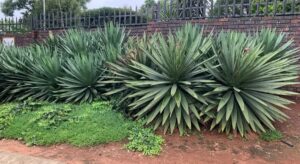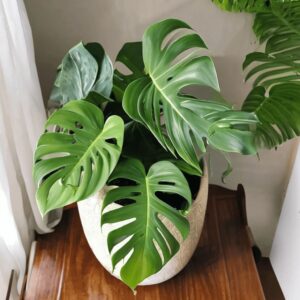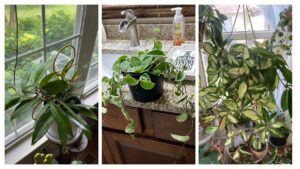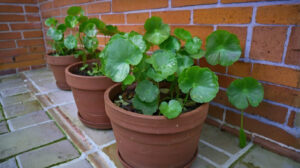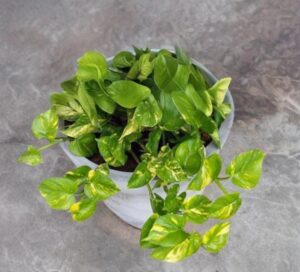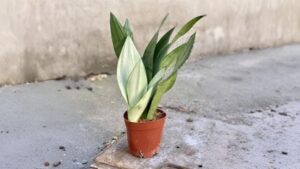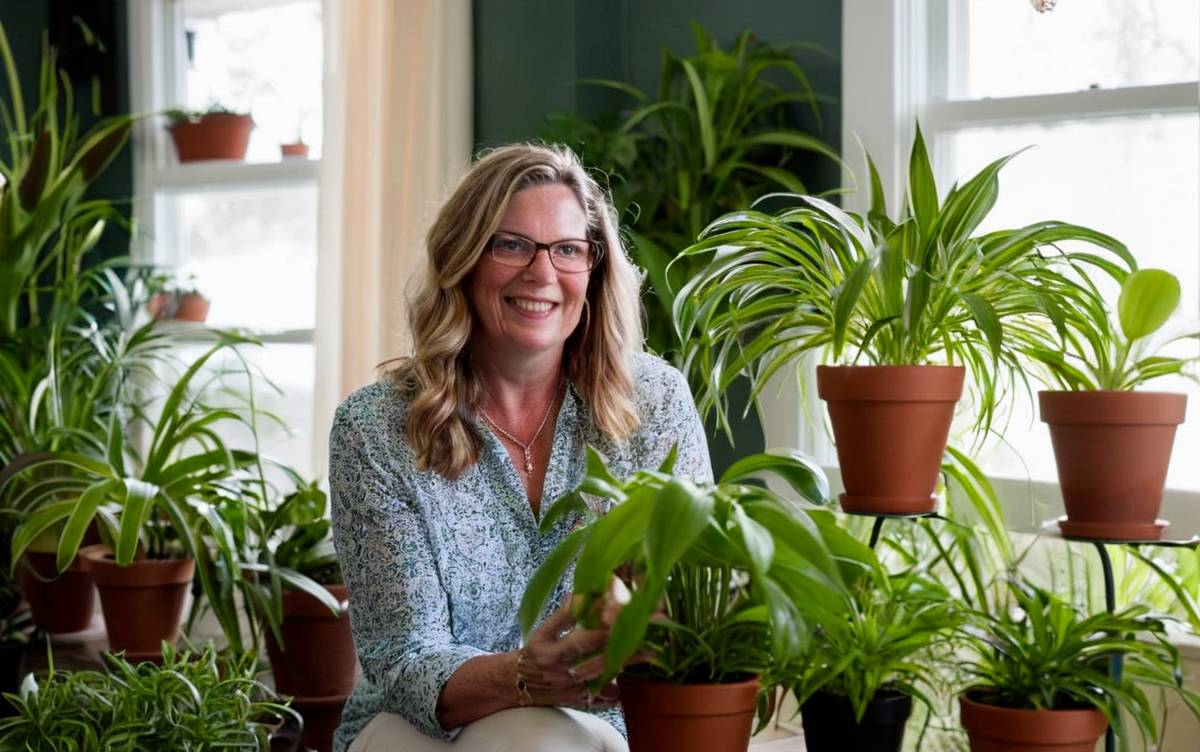
When choosing what houseplants to have in your home, it’s important to select plants that suit your home and lifestyle. While certain species are constantly recommended, not all live up to the hype. To help identify those that may be overrated, I spoke with Sarah Johnson, a gardening expert with 15 years of experience.
Sarah, in your opinion, which houseplants tend to be most overrated?
In my experience, there are a few plants that people frequently choose but often struggle to keep alive. At the top of the list would be English ivy. It’s beautiful when thriving but can be difficult to care for indoors. Ivy prefers high humidity levels, which is hard to replicate in many homes. It also grows quite rapidly and becomes leggy without enough light.
Another visually appealing choice that gives many gardeners trouble is the Peace lily. While peaceful to look at, these plants are finicky about watering and wilting is a common problem. Their large leaves also shed pollen, which can worsen allergies.
Moving away from appearance alone and focusing more on functional plants may lead to better results. Aloe vera is a good option. As well as looking attractive with its thick green leaves, it has many practical uses for minor burns and cuts. Plus, aloe is very low maintenance and thrives with neglect.
Snake plants also excel as low-effort houseplants. Nicknamed “Mother-in-law’s tongue,” they can withstand poor conditions and sporadic watering. Snake plants purify indoor air too by removing toxins like formaldehyde. Do consider growing herbs like basil, thyme and chives if you cook frequently. They add flavor and fragrance to meals with minimal effort.
In terms of care requirements, which houseplants tend to be more difficult than anticipated?
Orchids are often sold as beautiful flowering plants with little warning about their real needs. In reality, they demand specific conditions to bloom year after year that most homes struggle to provide. Orchids need high humidity, very well-draining soil, bright light and precise watering. Their exotic appearance belies these delicate requirements.
Ferns can be equally challenging for indoor growing, despite their woodland vibe. Many varieties prefer constantly humid conditions and tend to brown easily when under or over-watered. Unfortunately, fern care is not as simple as their wild counterparts would have us believe!
Monstera deliciosa, or Swiss cheese plant, also seldom lives up to the stylish image sold. With its large, heart-shaped leaves featuring natural holes, it’s a social media favorite. But Monstera care demands drainage, light and infrequent watering—a difficult combination indoors. Their large size too means finding suitable space.
Some consider Chinese evergreens “low maintenance,” but their needs are often misunderstood. These plants dislike dramatic swings in temperature or light and can succumb to root rot if soils remain too damp. With patience and proper conditions, they do thrive for many years. But their care may exceed expectations for newcomers.
What houseplants are generally lower maintenance than their reputation implies?
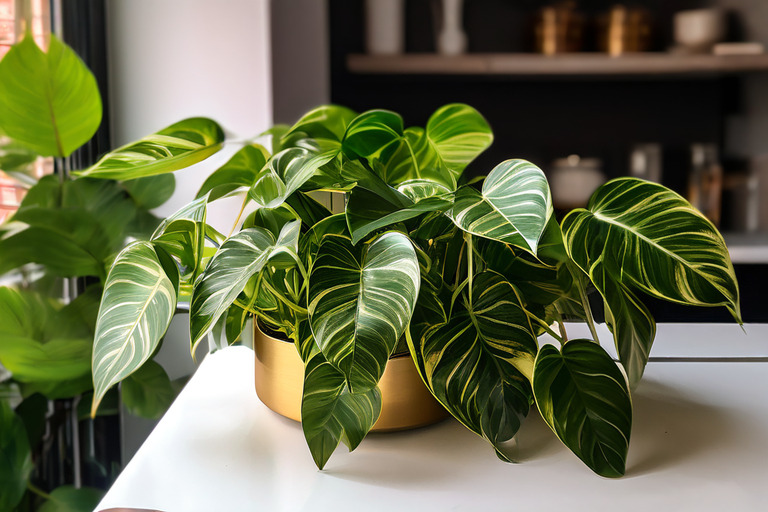
A surprise to some would be pothos or Devil’s ivy (commonly known as Golden pothos). Pothos are among the heartiest indoor plants, able to thrive in low light with infrequent watering. Their trails of variegated leaves make for an attractive hanging or tabletop specimen too. Pothos have even been sent into space, surviving conditions that would kill other houseplants.
Spider plants are another durable option that forgives mistakes. These moms can regenerate new plantlets from leaflets snipped off the mother plant. Their upright clusters require only moderate care to keep looking fresh.
For lower light areas like north-facing windows, succulents present a great alternative. Often grouped together as “low water” plants to care for, certain succulent species actually need more TLC than their cactus cousins. But echeveria, haworthia and senecio species adapt well to intermittent water and survive weeks between drinks. Forgetting to water burro’s tail or string of pearls poses no threat, even when soil dries completely. These “low effort” plants prove hardier than one may anticipate.
My final surprising choice would be pothos. Despite their reputation for hardiness, they still manage appeal with their trailing vines and heart-shaped leaves in variegated shades of green and cream.
Thank you for your expertise, Sarah. To summarize, when starting with indoor houseplants, focus on plants’ true care requirements rather than just appearance. What are some final tips you’d offer?
You’re most welcome! When choosing houseplants, take climate factors like light levels and humidity into account. Research each plant’s needs to avoid disappointment down the line. And don’t forget about location – placing plants where conditions suit prevents future struggles. Also, prepare the right soil mix for plant types like succulents versus foliage plants. Improper soil can sabotage even the hardiest choises.
Finally, moderate your expectations. Rather than frustration over perceived failures, celebrate keeping any plant alive indoors where conditions are out of our control. Focus on enjoyable aspects of nurturing new life, not unrealistic goals of perfection. Gardening should relieve stress, not cause it!
RELATED: Low-maintenance plants ideal for busy people
Happy gardening!
